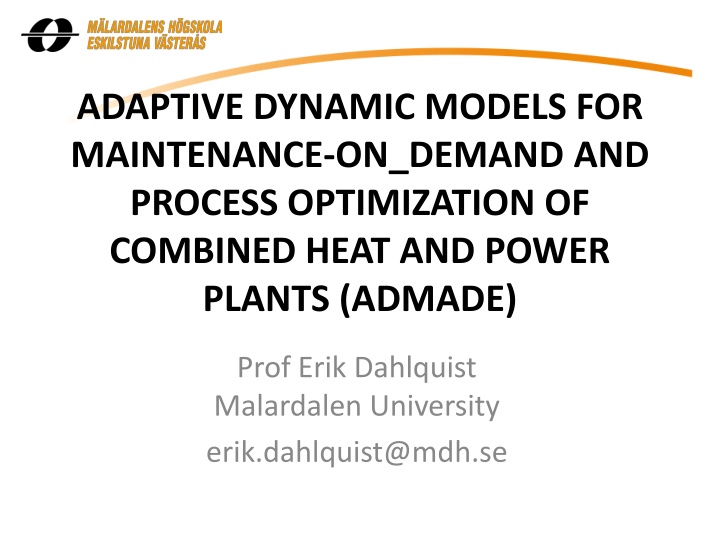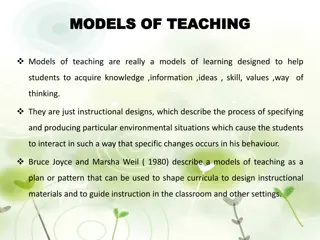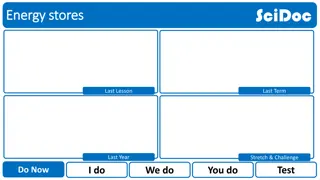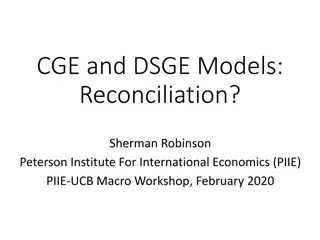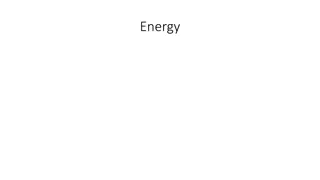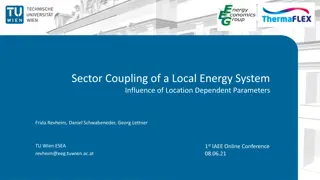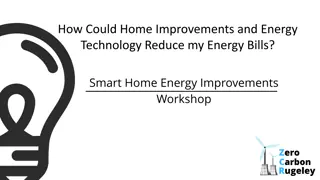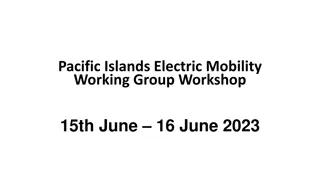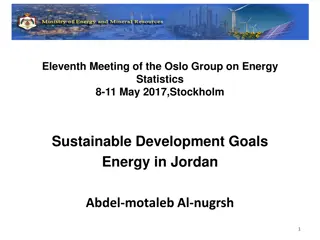ADMADE Project: Dynamic Models for Energy Sector Optimization
"The ADMADE project, led by Prof. Erik Dahlquist at Malardalen University, focuses on developing adaptive dynamic models for maintenance-on-demand and process optimization of combined heat and power plants. The project aims to create mathematical tools for the future energy sector, emphasizing renewable and intelligent energy systems. By analyzing and utilizing measured process data, the project seeks to optimize performance and fuel properties, integrating physical and statistical models in a hierarchical structure. Partners include Mälarenergi AB, Eskilstuna Energy and Environment, ENA Energy, and Vattenfall."
Download Presentation

Please find below an Image/Link to download the presentation.
The content on the website is provided AS IS for your information and personal use only. It may not be sold, licensed, or shared on other websites without obtaining consent from the author.If you encounter any issues during the download, it is possible that the publisher has removed the file from their server.
You are allowed to download the files provided on this website for personal or commercial use, subject to the condition that they are used lawfully. All files are the property of their respective owners.
The content on the website is provided AS IS for your information and personal use only. It may not be sold, licensed, or shared on other websites without obtaining consent from the author.
E N D
Presentation Transcript
ADAPTIVE DYNAMIC MODELS FOR MAINTENANCE-ON_DEMAND AND PROCESS OPTIMIZATION OF COMBINED HEAT AND POWER PLANTS (ADMADE) Prof Erik Dahlquist Malardalen University erik.dahlquist@mdh.se
Objectives The aim of this application is to build a foundation of mathematical tools for application in the future energy sector, including renewable energy as well as intelligent energy. Secondly we need more information on moisture and heating value of different fuels, to optimize the performance. Measured process data will be analysed and utilised for process optimization, and not only be collected and stored as is often the case today.
Project In the project we will develop the mathematical modeling foundation for doing these type of diagnostics and optimizations for later implementation in different power plant and process industries generally. - Physical models will be combined with statistical models in a systematic way to make it possible to adapt the models as conditions change, and to follow effect of new fuels. - A hierarchical structure will be introduced for 1) measurement of fuel properties using NIR and RF together with statistical models like PLS, 2) process diagnostics comparing simulations to measurements in the process combined with Bayesian Nets and 3) production planning including when maintenance has to be done. 4) on-line control and optimization using model based, multivariable control. This includes both the production and district heating system.
Partners M larenergi AB Eskilstuna Energy and Environment ENA Energy Vattenfall
